
All categories
Featured selections
Trade Assurance
Buyer Central
Help Center
Get the app
Become a supplier

(4745 products available)

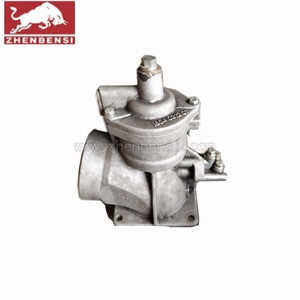
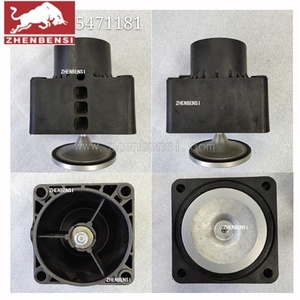






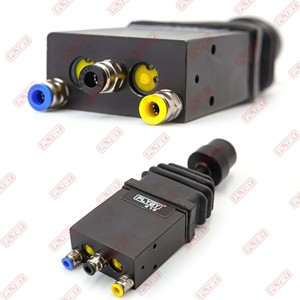

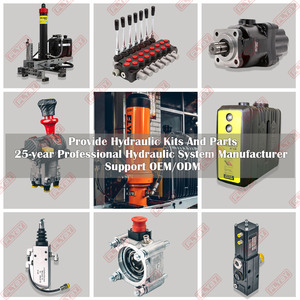





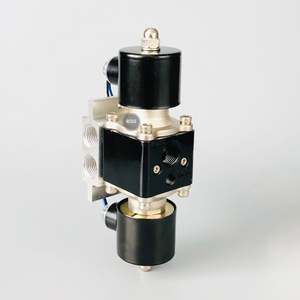






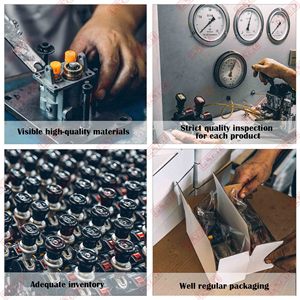


An unloading valve for air compressor is a small but crucial part of an air compressor system. There are a lot of different types of unloading valves in the market. Below is an analysis of some of the common types of unloading valves for air compressors:
Pneumatic Unloading Valve:
A pneumatic unloading valve for air compressor functions by using air pressure as a mechanism to operate. This unloading valve is commonly found at the discharge line of the air compressor. Once the set pressure is attained, the air pressure will begin to push the piston downwards, opening the valve and allowing the compressed air to flow into the storage tank.
Spring-Loaded Unloading Valve:
Spring-loaded unloading valves are designed to open/close based on the spring's tension. The spring tension is usually adjusted to set the specific pressure of the air required to be released. However, if the tension is too tight, it might be hard to unload the compressor.
Pneumatic Unloading Valve with Servo Control:
Generally, a servo is a closed-loop device that is designed to control the position, speed, and acceleration of mechanical systems. Therefore, this type of unloading valve utilizes a pneumatic function with a servo that controls or regulates the precise position of the valve. This regulation or control further allows for a more accurate control of the compressor unloading process. Unloading valves for air compressors with servo control are common in systems where precision and optimal performance are required. This is because it makes way for better fine-tuning of the compression process as well as enhancing the valve response time.
Normally, unloading valves for air compressors has specific features like pressure rating, valve seat and disc material, threading and connection size, unloading port size and pressure specification. Here are some of the unloading valve for air compressor specifications.
The main purpose of the unloading valve for air compressor is to release air from the compression chamber. However, it has a few other applications as well.
When choosing an air compressor unloading valve, users should consider factors such as compatibility, capacity control, noise reduction, operating pressure, safety features, quality construction, and the supplier's warranty.
Compatibility
Users should ensure that the unloading valve is compatible with their air compressor model and make. They can achieve this by checking the manufacturer's guidelines or seeking expert advice.
Capacity control
Users should look for unloading valves that will help them maintain the desired air compressor capacity. They can do this by considering unloading valves that permit compression without releasing air to control compressor capacity.
Noise reduction
Some unloading valves are designed to minimize unloading valve noise. Users should consider this type of valve if they desire a compressor that operates quietly.
Operating pressure
All unloading valves for air compressors have their specific operating pressure ratings. Users should choose unloading valves with operating pressure ratings that are compatible with their air compressor's requirements.
Safety features
Some unloading valves come with safety features such as overpressure protection that prevent potential hazards. If safety is a major concern for the user, they should consider unloading valves with such features.
Quality construction
Users should look for unloading valves with a high-quality build that ensure longevity and reliability, even in demanding environments.
Warranty
Users should choose unloading valve brands that offer a warranty. This will provide coverage for manufacturing defects and encourage users to maintain proper use and care of their unloading valves.
Q1: Are there any risks with using a compressor unloading valve?
A1: Yes, if the unloading valve is wrongly sized or frequently overloaded, it could wear out quickly or create a less efficient system.
Q2: Can a faulty unloading valve affect the performance of a compressor?
A2: Yes, a malfunctioning unloading valve can lead to full-loading compression, constant heating, high energy use, a compressed air shortage, or even compressor damage.
Q3: What are the symptoms of a faulty unloading valve?
A3: Some signs include a stuck compressor, persistent heating, a hissing sound, or air leakage. There's also a compressor pressure drop and increased energy use.
Q4: Can users attempt to repair a faulty unloading valve?
A4: While some small faults can be repaired, it's generally best to replace a damaged unloading valve completely.